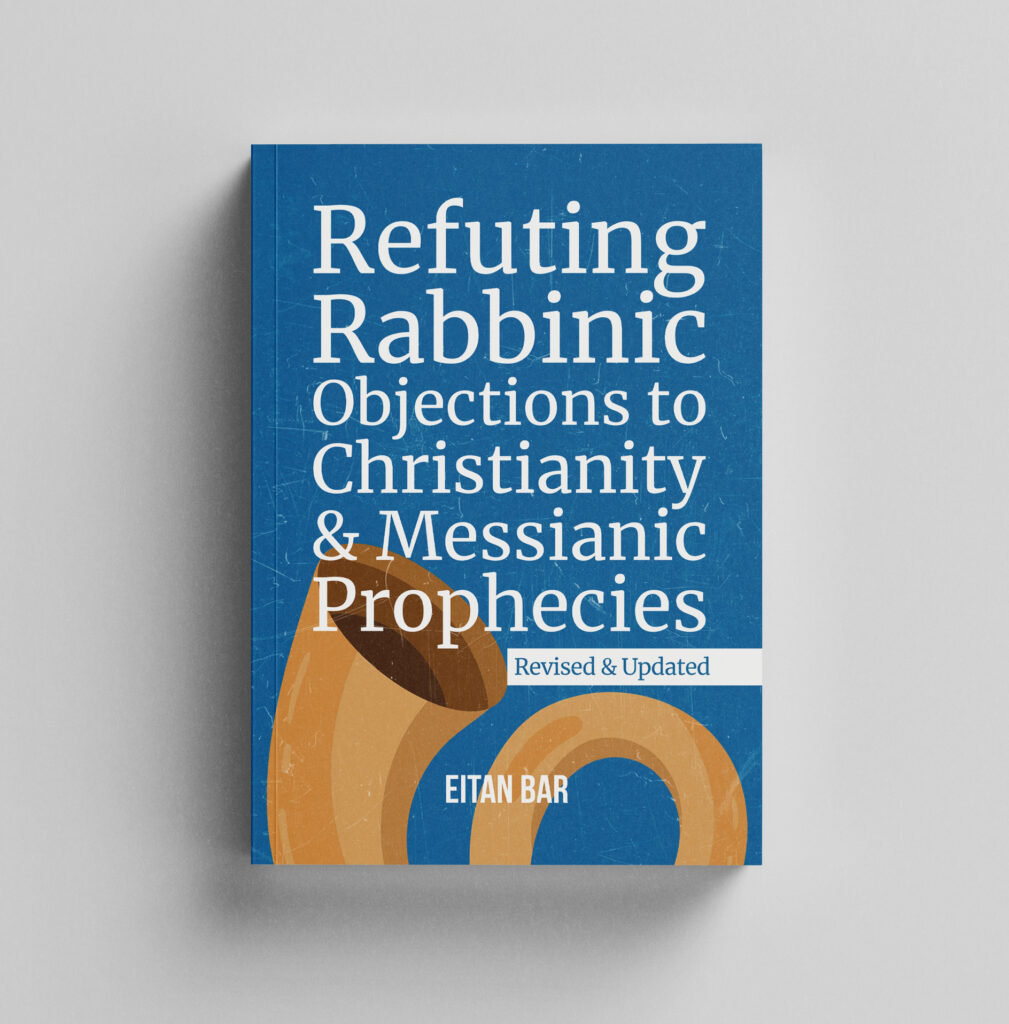Honest readers deserve more than drive-by objections. Many so-called “contradictions” dissolve as soon as we (1) read precisely, (2) remember there were multiple textual traditions in Second Temple Judaism, and (3) let ancient authors speak in their own literary conventions. Below are the top popular claims (collected from rabbis’ articles, books and videos) — and why they don’t hold.
“Seventy” vs “Seventy-Five” Who Went to Egypt
Claim: Genesis says Jacob’s family that went down to Egypt numbered 70, but the New Testament says 75 (Acts 7:14).
Answer: Both numbers are native to Jewish textual traditions. The Masoretic Text (the medieval Hebrew standard) gives 70 (Genesis 46; Deuteronomy 10:22). The Septuagint (ancient Jewish Greek translation, 2nd–1st c. BC) lists five additional descendants of Joseph (Machir, Gilead, Shuthelah, Tahan, Eran) in Genesis 46:20 LXX, yielding 75. New Testament writers often quote the Septuagint, the common Bible of the Jewish diaspora. No contradiction — just two recognized counts in Israel’s own manuscripts.
“Jacob Was Buried in Hebron, Not Shechem”
Claim: Acts 7:15–16 says “Jacob and our ancestors” were carried to Shechem, contradicting Genesis 50:13 (Jacob buried at Hebron).
Answer: Read the syntax carefully. Stephen says: “Jacob went down to Egypt; he died, and our fathers [also]; they were carried back to Shechem…” The plural “they” naturally refers to “our fathers” (the patriarchal sons), not to Jacob himself. The Tanakh records that Joseph’s bones were buried at Shechem (Joshua 24:32), in land Jacob had purchased from the sons of Hamor (Genesis 33:19). Stephen compresses two purchase traditions (Abraham/Ephron at Hebron; Jacob/Hamor at Shechem), a normal Jewish storytelling shorthand. No clash: Jacob — Hebron; his sons — Shechem.
Jeremiah or Zechariah?
Claim: Matthew 27:9–10 attributes a “thirty pieces of silver” text to Jeremiah, but the line is in Zechariah 11:12–13.
Answer: Two complementary explanations, both ancient:
Corpus label: In Second Temple and rabbinic usage, major prophetic scrolls could stand as headings for the whole collection (cf. discussions in Bava Batra on prophetic ordering). Citing “Jeremiah” could mean “the prophetic corpus,” within which Zechariah’s words appear.
Composite citation: Matthew fuses Zechariah 11 (thirty silver; the potter) with Jeremiah 19; 32 (the potter, the field, the purchase), and then names the dominant prophetic voice shaping the scene — Jeremiah. That’s a known Jewish practice: summarize a blended allusion under one prophet’s name.
Why the Kiss?
Claim: If Jesus was “famous,” why did Judas need to identify him with a kiss?
Answer: Night arrest. No portraits, no photographs, no streetlamps, a crowded garden, disciples present, and a volatile feast week in Jerusalem. A betrayer’s public gesture both pinpoints the man and creates a prearranged legal identification before armed officers — minimizing confusion and riot. The kiss is treacherously efficient, not narratively inconsistent.
Egypt or Jerusalem After the Birth?
Claim: Matthew says the family fled to Egypt; Luke says they went to Jerusalem to present the firstborn. Contradiction.
Answer: Chronology, not contradiction. A harmonized, entirely plausible sequence:
– Birth in Bethlehem. Presentation/purification at the Temple (~day 40; Luke 2:22–24).
– A return to Bethlehem (Luke telescopes; Matthew focuses here).
– Magi arrive sometime later; Herod orders the massacre of boys two and under (Matthew 2:16 — note the time span).
– Flight to Egypt; later return and settlement in Nazareth.
Luke emphasizes covenantal obedience (Torah presentations); Matthew emphasizes royal threat and prophetic geography. Different lenses, same child.
“Romans” Under the Law?
Claim: Paul tells Romans they “died to the law” (Romans 7:4). How can Romans have been under Torah?
Answer: Paul says explicitly, “I am speaking to those who know the law” (7:1). The Roman congregation was mixed — Jewish and Gentile believers. Paul’s rhetorical diatribe often addresses subgroups within one audience. When he speaks of dying to the Law’s condemning power, he is speaking as a Jew to Jews — within a Roman house-church.
“Bread” at Passover?
Claim: Jesus broke bread at the Passover meal (Matthew 26); eating leaven is forbidden — contradiction.
Answer: Greek artos (“bread”) is a generic term for bread, including unleavened bread. The Passover liturgy itself calls the matzah “the bread of affliction.” Saying “he took bread” on Passover is like saying “he ate meat” on a kosher table — it specifies the category, not the leavening chemistry. Moreover, scholarly discussions about the exact chronology (Synoptics vs. John) don’t change the lexical point: artos easily covers matzah.
Mountain, Plain, or Boat?
Claim: The “Sermon on the Mount” is on a mountain (Matthew 5), on a level place (Luke 6), and in a boat (Mark 4). Where, then?
Answer: Mark 4 is a different teaching event — parables by the sea, delivered from a boat to a shoreline crowd (Mark even says so). Between Matthew and Luke: the “level place” can be a flat shelf on a hillside — common in Galilee. Ancient itinerant teachers also repeated core messages in different settings (synagogue, hillside, lakeshore). Different angles; no inconsistency.
Conclusion
Most of these objections arise from three modern habits that don’t fit ancient texts:
Monotext assumptions: Ancient Jews knew multiple textual streams (Masoretic, Septuagint, Targums, etc.). New Testament authors, as Jews, cite Jewish versions in circulation.
Flat reading: Ancient storytellers compress, blend, and allude. Composite citation and telescoped chronology are features, not flaws.
Anachronism: We expect photographs, streetlights, and modern footnoting. They told truth with the tools and conventions of their time — and did it well.
If a rabbi or critic raises a new “contradiction,” let’s read the actual verse, check the textual tradition in use, consider the genre, and then test the claim. The New Testament does not collapse under scrutiny; it clarifies under context.
If you found this article thought-provoking, you’ll find much more in my best-selling book, Refuting Rabbinic Objections to Christianity & Messianic Prophecies:




